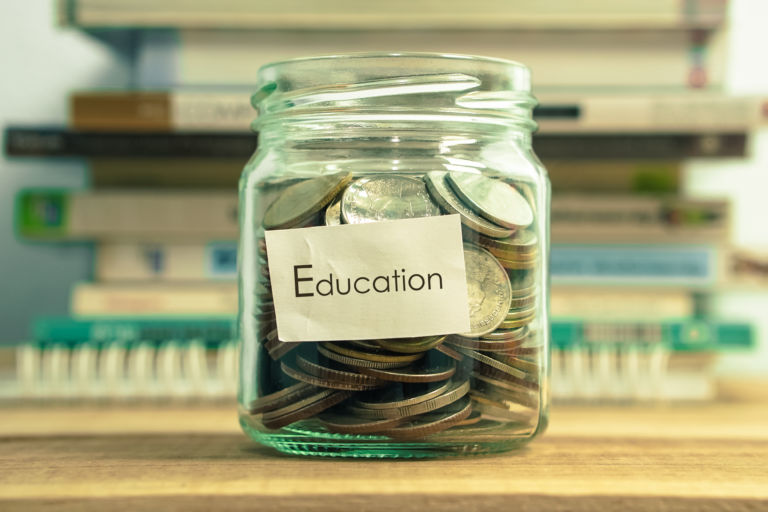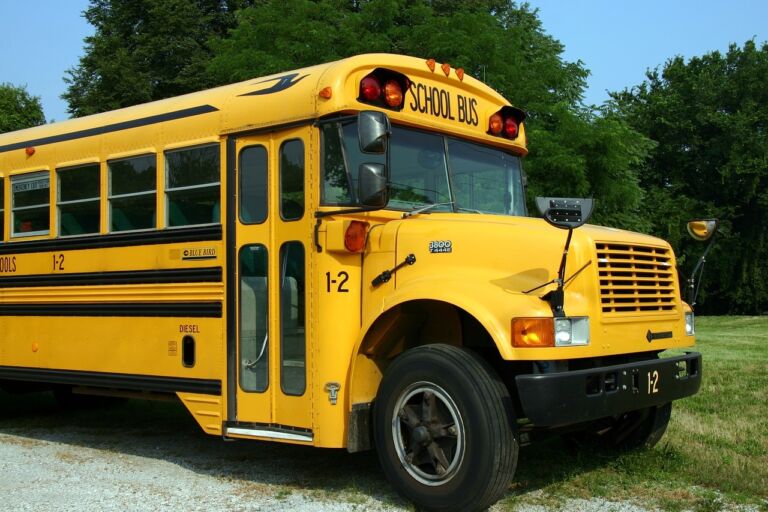Anthony Hennen of the Martin Center explores the actual costs of student loans.
With the rising number of student loan defaults, the federal government has reaped what it has sown. A government policy to give virtually any student a loan has pushed tens of thousands of them into a financial hole from which they will struggle to escape for years.
A new report from The Institute for College Access & Success (TICAS) examines the “Casualties of College Debt” and finds that 24 percent of all Direct Loan borrowers—students who borrowed from the federal government—“were either delinquent or in default at the end of 2018” and “in the last 12 months alone, over a million Direct Loan borrowers entered default.”
Delinquency starts when students miss a payment; default doesn’t happen until students don’t pay for nine months.
The problem might also be worse than the TICAS report makes clear. According to a paper from the Federal Reserve of New York, the delinquency rate “is somewhat misleading” because avoiding delinquency and default doesn’t mean borrowers are paying down their debt. “Forty-four percent of borrowers were neither delinquent nor paying down their loans,” the Fed noted. Forbearance, deferment, and income-based repayment plans help borrowers avoid default, but it doesn’t always help them repay the borrowed money.
When almost half of the borrowers aren’t repaying their loans, the benefits of college are hard to see. The “college for all” movement has promised students and parents socioeconomic mobility and a better future, but the ugly reality has left many students worse off than if they had skipped college altogether.


